Debris Of Exploded Chinese Rocket Threatens Future Space Missions
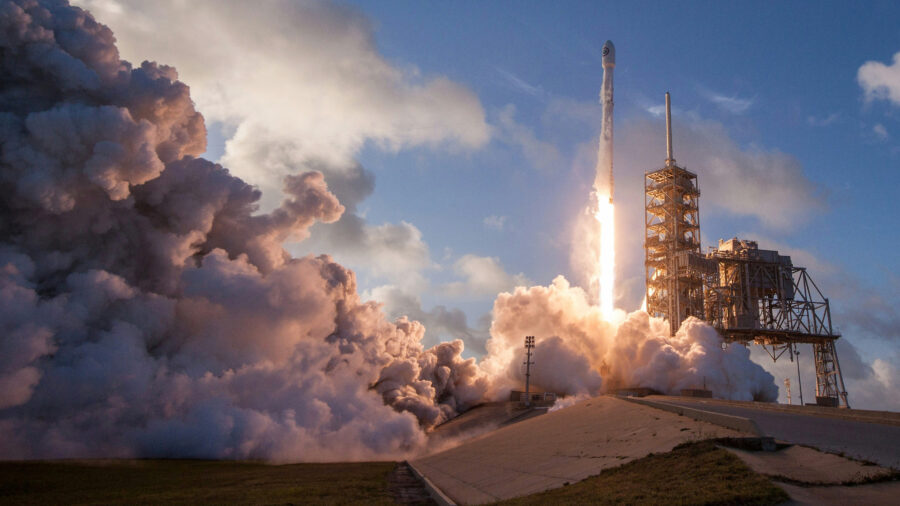
A recent rocket launch from China has put numerous low-orbit satellites and future missions from space agencies in jeopardy. The Long March 6A rocket that left Earth on August 6 suffered a setback when its upper stage broke apart after it left the planet’s atmosphere. The explosion has generated an estimated 50 pieces of space debris that could cause catastrophic damage to anything that they might collide with.
Space Debris
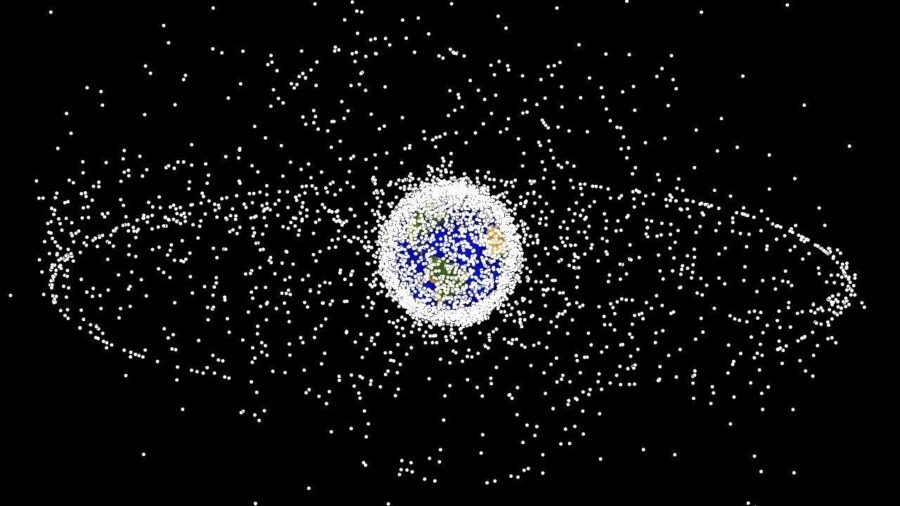
The space debris is an unintended result of a Chinese mission to carry 18 man-made satellites into the Earth’s orbit. With an aim to have a megaconstellation that is aligned with the Starlink cluster created by SpaceX, China’s long-range plan is to have a total of 14,000 of these objects in orbit in the future.
But with the consequences of the bad start to its program looming over the globe, some scientists are seeing this incident as a harbinger of what is to come.
A Bigger Threat

Audrey Schaffer, who serves as the Vice President of Strategy and Policy at Slingshot Aerospace, commented on the risks that space debris poses to existing satellites and future space missions.
She warns that if “even a fraction” of future launches yield as much space debris as the first one from earlier this month, that it would create a “notable addition” to the overall space debris that threaten anything floating in the LEO constellations that hover below the 800-kilometer altitude benchmark.
The 2022 Incident
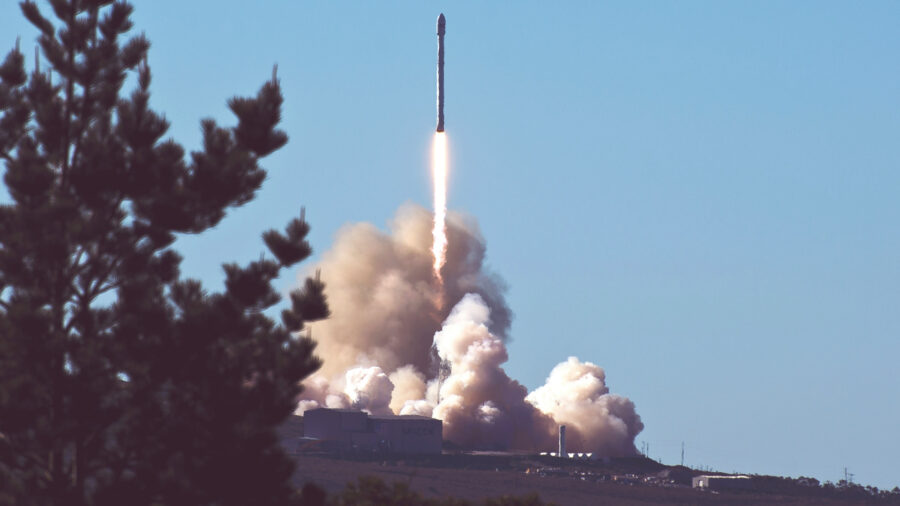
Having a rocket break apart in Earth’s orbit isn’t anything new to China’s floundering space program. In November 2022, the world watched as another Long March 6A rocket broke into an estimated 50 pieces before breaking down into smaller chunks that exceeded 350.
While a percentage of the space debris created from the 2022 incident came “eerily close” to the Starlink satellites propelled into orbit from SpaceX, there were no incidents of damage reported.
Global Communications At Risk
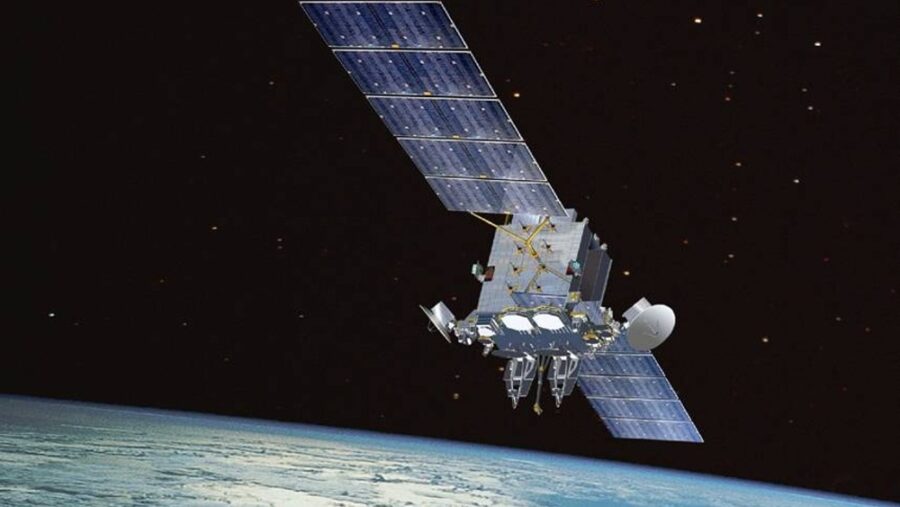
China’s desire to have more satellites in space aligns with its vision of generating a more comprehensive and stronger broadband network across the sprawling Asian country. But if these incidents continue to occur after Chinese rocket launches, the space debris will pose a threat to China’s satellites as well.
Scientists actively track and monitor space debris so that potential collisions with what humankind puts into orbit can be averted. The creation of dozens more make this already difficult task even more daunting and carries with it the possibility of undoing portions of global communications networks that rely on satellites in Earth’s orbit to transmit data to the surface.
Earth’s Orbit Is Getting Ruined
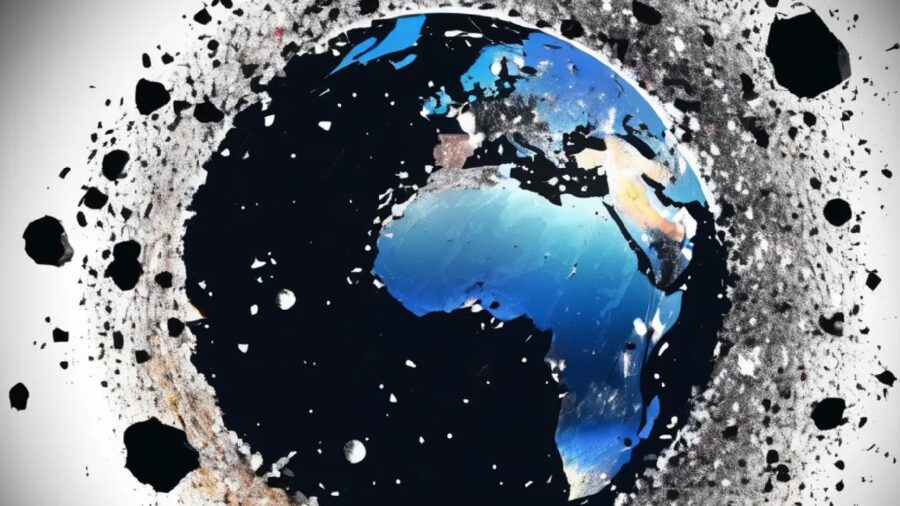
To put things into perspective, NASA estimates that there are currently half a million pieces of space debris larger than 1 centimeter. Additionally, there are more than 23,000 pieces that are larger than a softball.
Holger Krag, who heads the European Space Agency’s Space Safety Program Office, states that if the buildup continues at the rate it has since the launch of Russian satellite Sputnik 1 in 1957, some fear that there will be significant portions of the Earth’s orbit that will be unusable within a few decades.
Source: Slingshot Aerospace Reuters













Login with Google